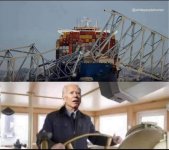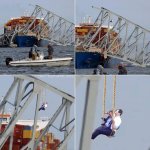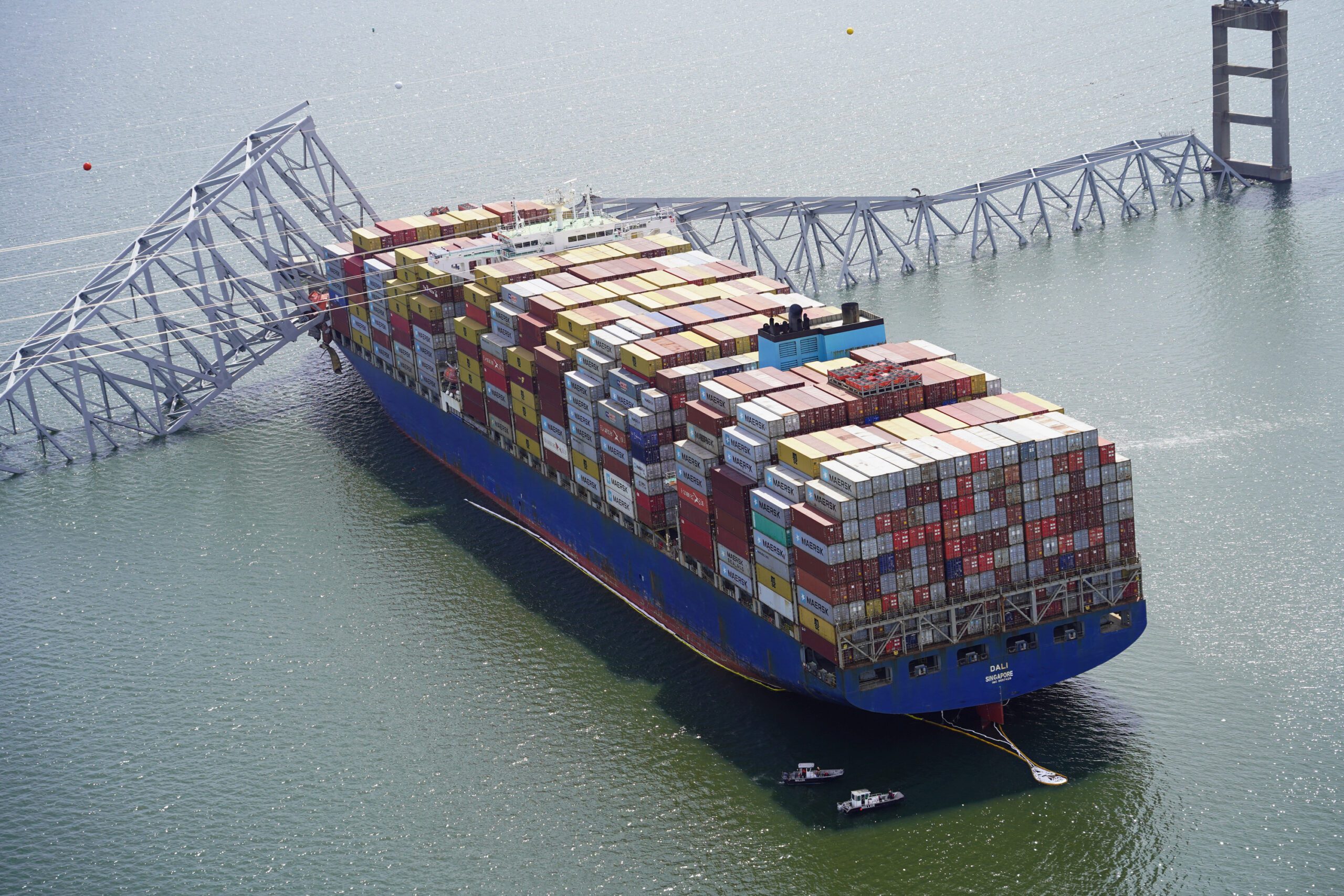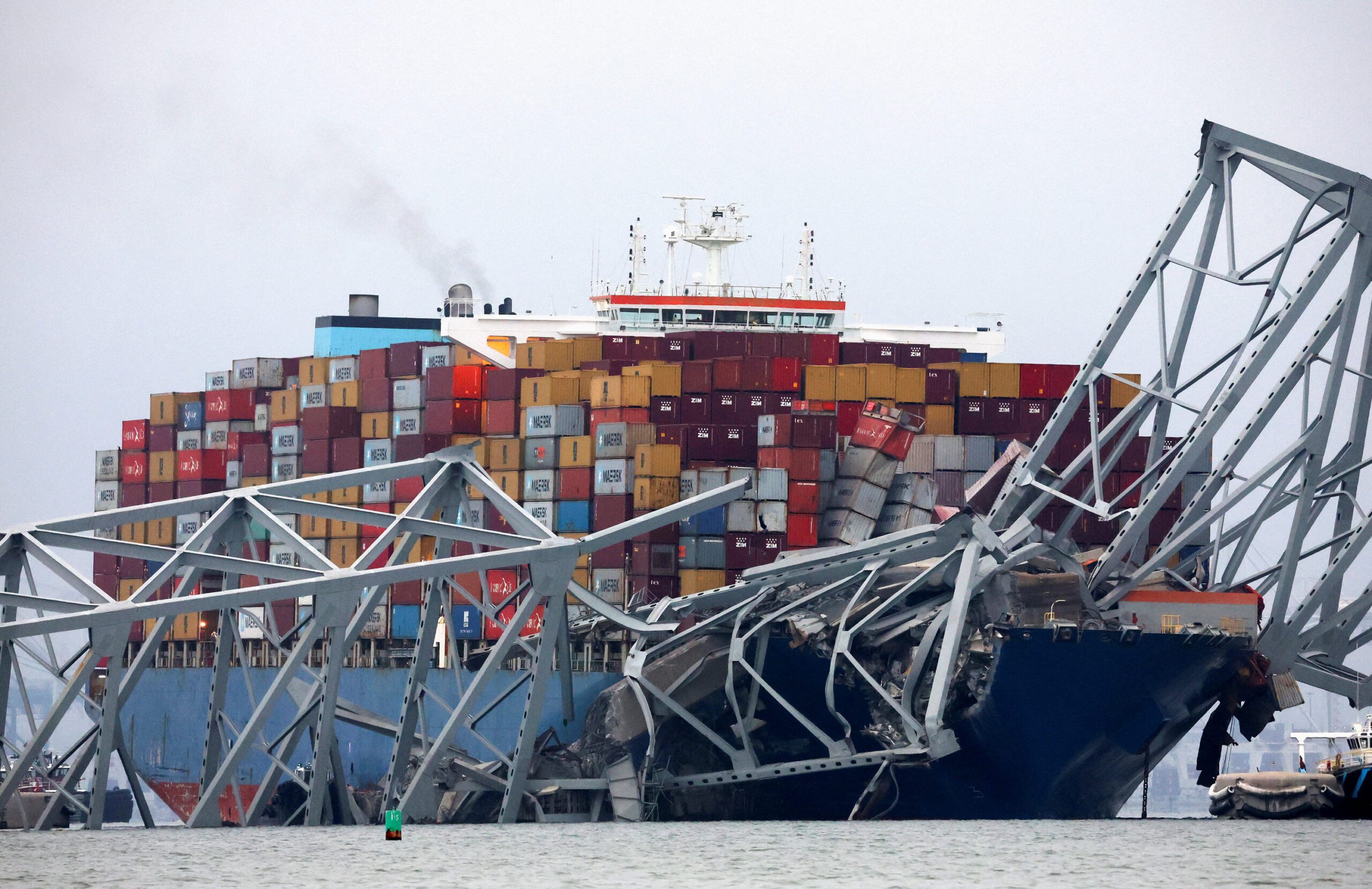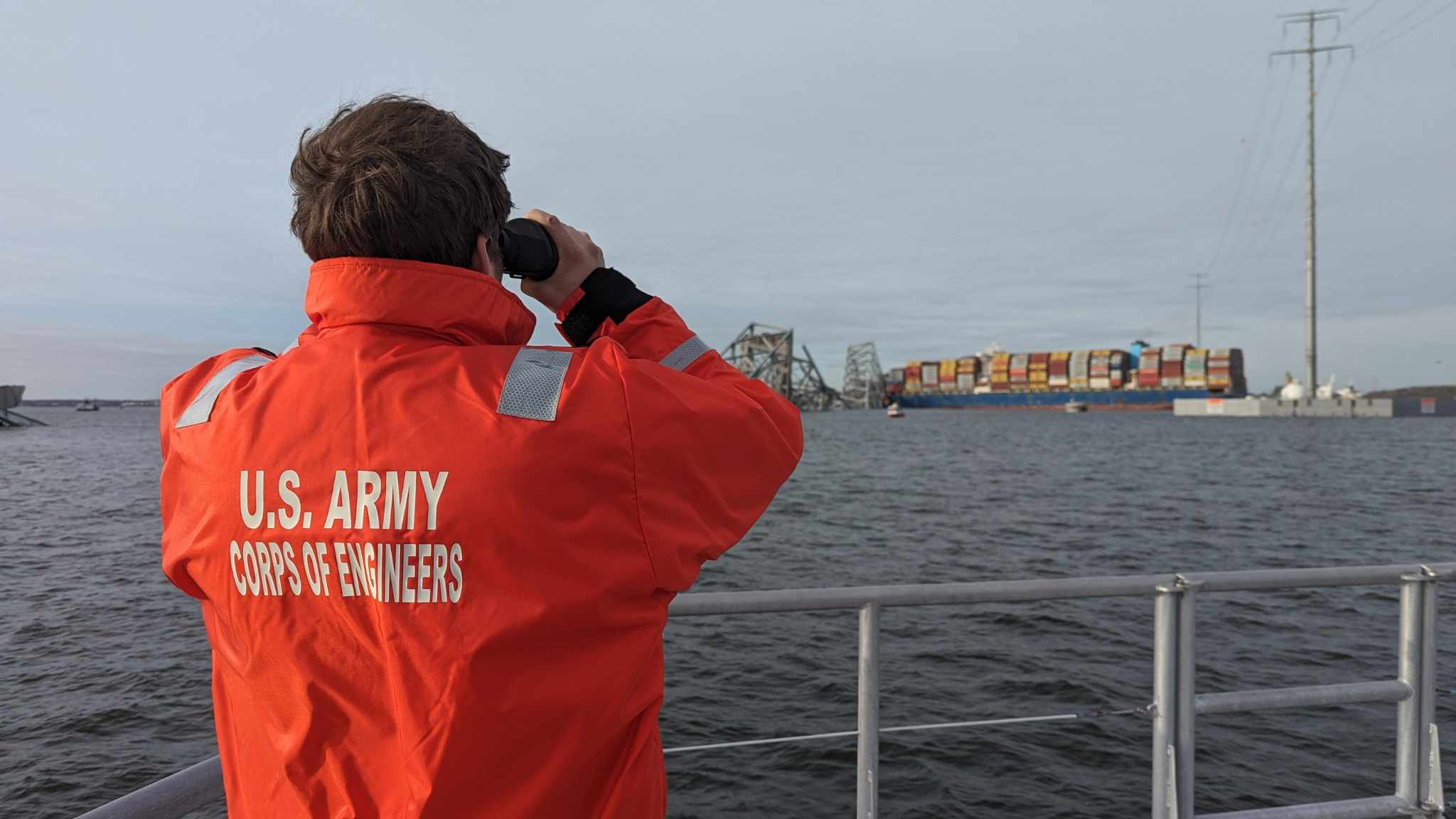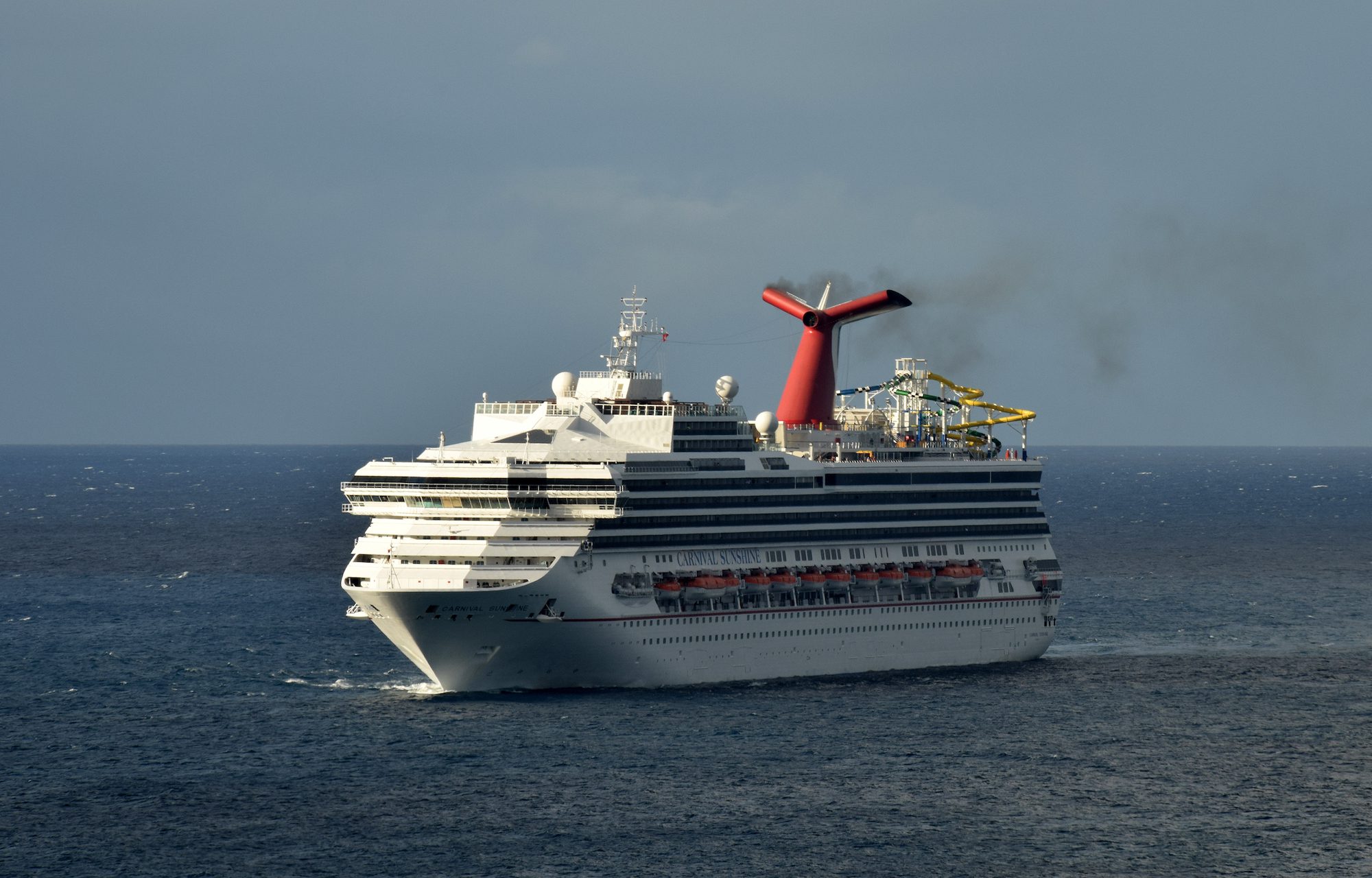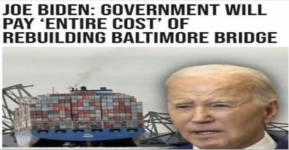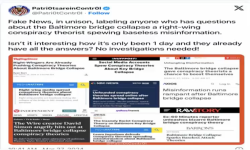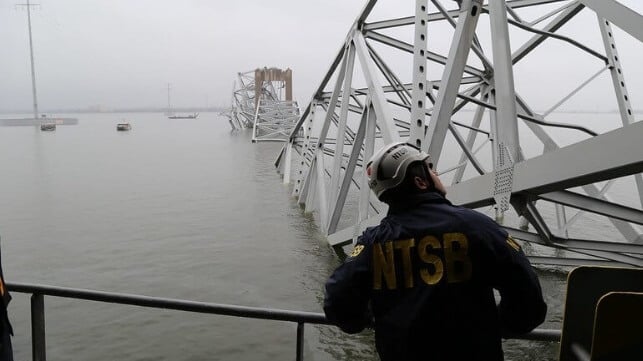I am surprised the circus that is Carnival, is doing so well up to now.
The cruise industry has a PROBLEM. That problem is rooted in poor service and poor hygiene, rooted in low profit margins. The business model was conceived in a high-trust societal environment, when travel, by ship or by aircraft, involved professionals, mostly English, European or American; high profit margins; newer equipment, often-times (old oceanliners excepted) and an exclusionary price to pay for it all.
Mass-marketing the product, as Carnival did, resulted in less money, and unsavory ways to cut corners. First, professional sailors who were NOT professional hospitality people, who didn't speak English. Then third-world staffing; sometimes with cleanliness issues. Witness food-poisoning events on these ships.
THEN, older, poorly-suited, or sloppily-maintained ships or passenger infrastructure within these ships. There's plenty of stories, of former liners made into working-class short-cruise vessels, with plumbing or even structural issues...prime movers failing en route. And/or the crew either criminally neglectful or contemptuous...as with the Oceanos, sinking, where the crew did NOT raise the alarm but quietly abandoned ship while a concert was going on in the ship's event center.
I would NOT travel, or spend time, on a Carnival vessel. How MANY collisions, failures, epidemics, do we need to SEE happen on those things? A Vegas casino-hotel offers many of the same thrills, while it's easy to step off early if the food is bad or the staff dangerous.



